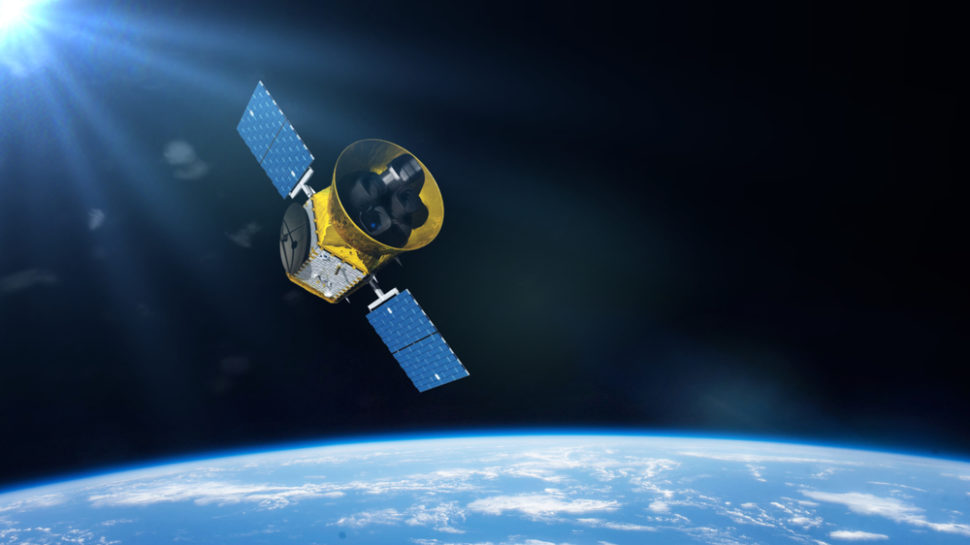The highly anticipated TESS launch is happening today, giving NASA scientists a more powerful tool in space to discover more worlds.
The TESS launch will mark a new milestone in space exploration as it replaces one of NASA’s most powerful space telescopes: the Kepler space telescope which is nearing the end of its mission.
The TESS, or Transiting Exoplanet Survey Satellite, telescope is set to launch on board a SpaceX Falcon 9 rocket from Cape Canaveral Air Force Station in Florida at 5:32 P.M. CDT today (10.32 UTC).
In a statement released on Thursday, the U.S. space agency said:
“TESS is NASA’s next step in the search for planets outside of our solar system, known as exoplanets, including those that could support life. The mission is expected to catalog thousands of planet candidates and vastly increase the current number of known exoplanets. TESS will find the most promising exoplanets orbiting relatively nearby stars, giving future researchers a rich set of new targets for more comprehensive follow-up studies, including the potential to assess their capacity to harbor life.”
Read More: NASA’s TESS Telescope: The Next Step in the Search for new Worlds
This is also the first time that NASA will be commissioning SpaceX’s Falcon 9 rocket for a mission. It will send TESS into a high-elliptical orbit around our planet, like that of the Moon. No satellites have been put into this orbit thus far.
Scientists expect that the TESS telescope will continue Kepler’s work and discover thousands of other Earth-like and super-Earth-sized exoplanets. In fact, it’s equipped with modern spectroscopy and will gather thousands of exoplanet candidates for the upcoming James Webb Space Telescope to explore further.
TESS has a wider field of view than Kepler. Its four wide-angle cameras are set to survey about 85 percent of the sky during the first two years of its mission. According to NASA, the cameras will be observing around 200,000 bright stars within Earth’s 300 light-year radius.
You can watch the full TESS launch coverage below or at NASA TV here.
https://youtu.be/BEeuU5Kn57E



















Comments (0)
Most Recent